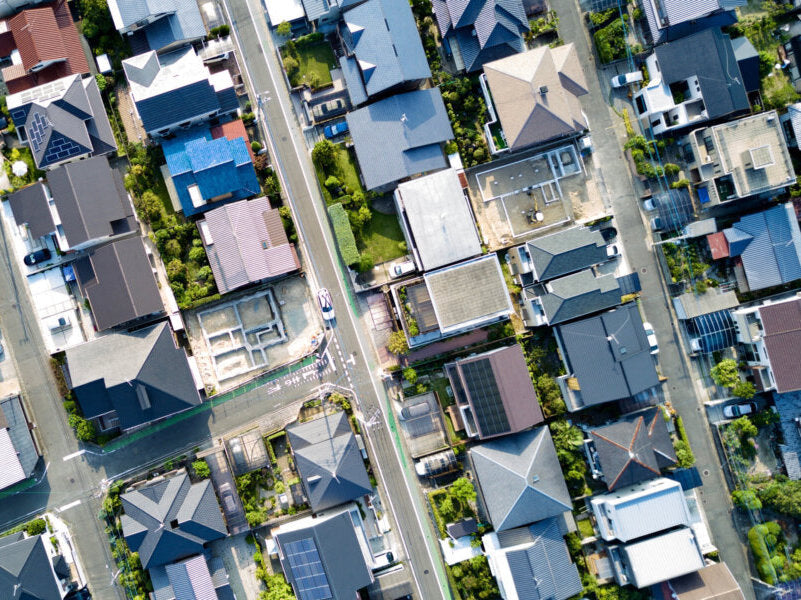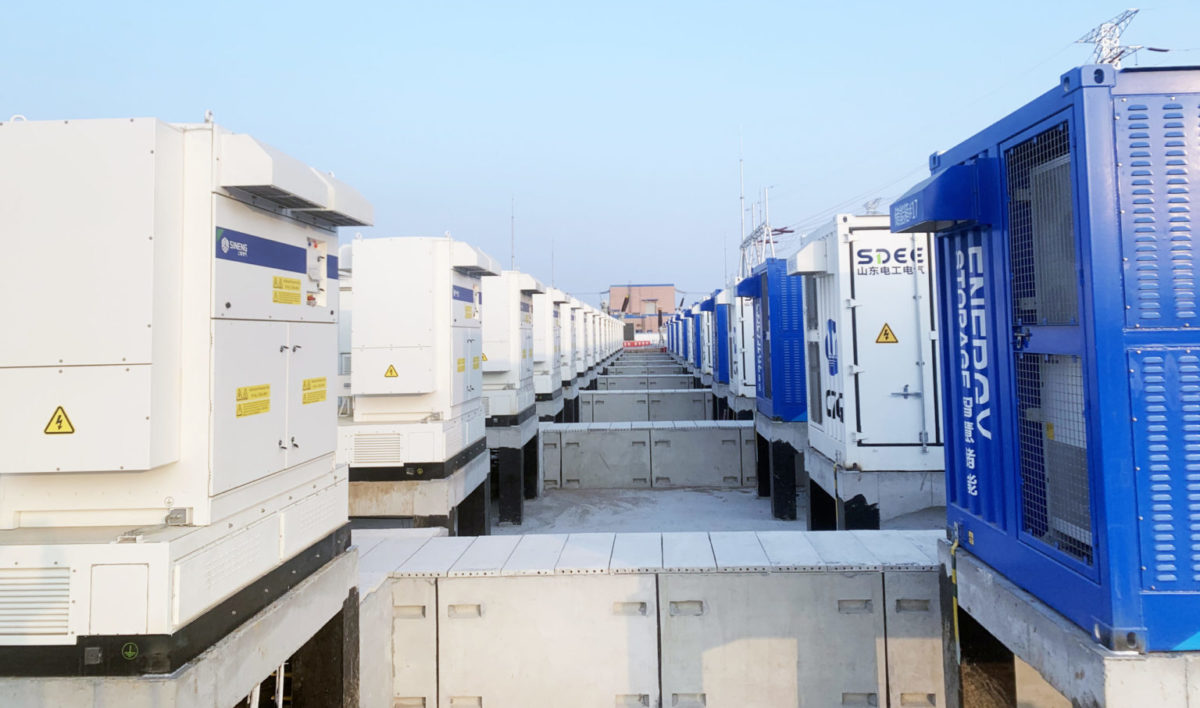https://pv-magazine-usa.com/2022/12/23/all-i-want-for-christmas-is-400-gw-of-solar-installed-in-2023/
All I want for Christmas is 400 GW of solar installed in 2023
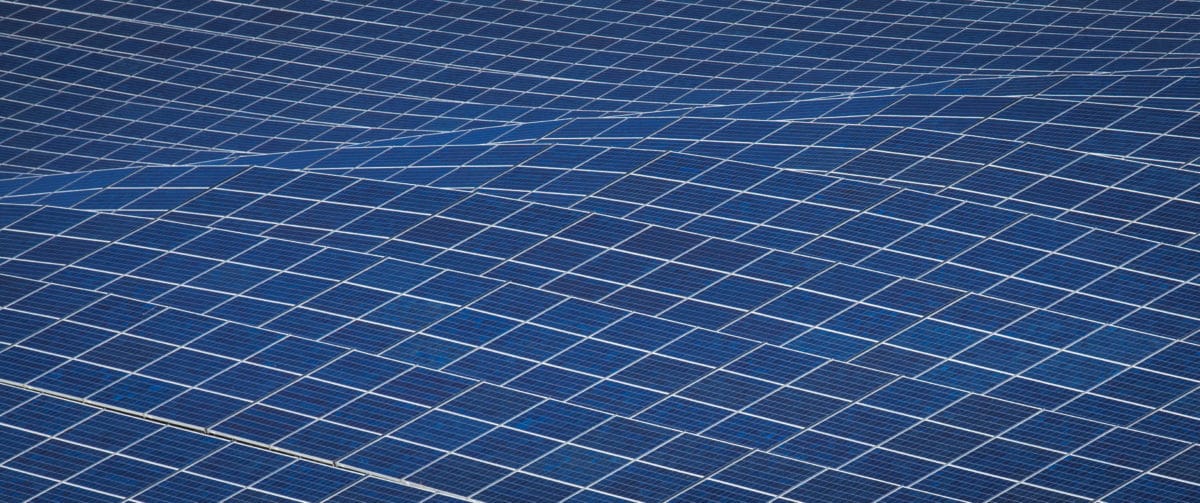
Image: flickr
Solar power’s global installation pace picked up significantly this year, and it appears that the manufacturing infrastructure is being laid for continued growth, at a rapid pace. However, predicting future developments continues to present a challenge.
It is now projected that somewhere between 230 and 300 gigawatts of solar power module capacity may be installed in 2022 around the world.
BloombergNEF (BNEF) published one of the industry’s highest estimates of global installed capacity in 2021, at 182 GW. BNEF’s most recent installed capacity projection for 2022 is now 268 GW. If these figures are correct, the market will have grown more than 47% YoY. This rate of growth has not been seen since the 2000s.
Congratulations are in order for solar professionals, for this herculean accomplishment.
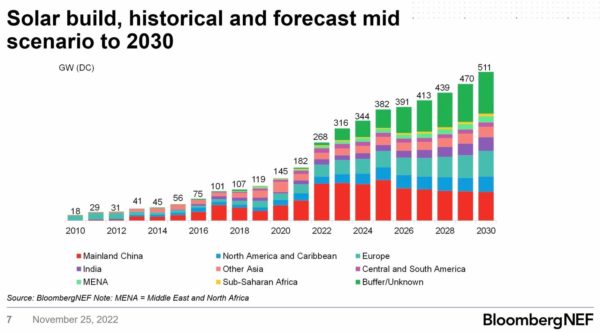
Prevailing wisdom states that an industry cannot continue to see high growth rates after it has scaled. If this aphorism is correct, then the solar industry must be continuing to scale today. The evidence supports a growth story: the past ~20 years of solar installations currently total 1 TW of deployed capacity. Going forward, projections of accelerated growth indicate that 1 TW of capacity could be deployed in 2030 alone.
Predicting the future is hard. Not only did our deployed capacity grow by almost 50% in 2022 – so too did our projections!
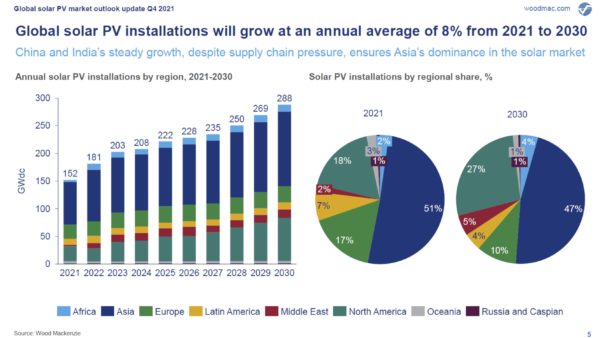
Around this time last year, projections were suggesting that solar installations in 2022 would total between 162 GW (IEA) and 211 GW (BNEF). The graphic (above) from Wood Mackenzie Renewables and Power suggests that 181 GW will be installed in 2022. (Note that WoodMac sees 152 GW installed in 2021). WoodMac has not yet released their updated estimates for 2022.
And it wasn’t just WoodMac or BNEF that was way off. The following graph charts the projections from a number of respectable analyst groups, starting around the end of 2021. Their estimates increase dramatically over the course of the year:

What’s really interesting about the WoodMac chart (from Q4’21) is that it forecasts 269 GW for 2029. And at the end of 2021, BNEF projected 266 GW by 2028 – not far off of WoodMac’s 2029 estimate. Those estimates were meant to forecast 7 to 8 years ahead. Today, just one year later, they are in the same range as analysts’ estimates for 2022.
BloombergNEF’s Jenny Chase spoke with pv magazine USA on this topic:
pv magazine USA: What most surprised analysts about 2022? Where did we go wrong?
Honestly, China was the biggest upset as usual, and we’re not even totally sure the final number will be our 126GW(DC) current estimate (our estimate was below 100GW for most of the year). However, the modules have got to be going somewhere in Q4. Also Europe has bought over 70 GW of modules from China, though we do not believe it has installed much more than 42GW yet.
So, what might it take to install 400 GW of solar modules in 2023? Is it even technically possible?
I wouldn’t put anything past the solar industry, but it could make 500 GW of solar modules in 2023, based on existing polysilicon plans and a realistic ramp-up schedule.
Recently, you mentioned that projections beyond 300 GW to 400 GW a year before the end of the decade are tough to make, because even if we can manufacture such a large quantity – where are the national programs and power grids to connect it to?
Honestly, I just can’t bully the local analysts for the individual markets which haven’t already got a lot of solar into forecasting transformative growth. You need new markets to hit 1 TW/year, but progress has been slow – not nonexistent, but slow – in places like Africa, the Middle East, Latin America and parts of southeast Asia (but not Vietnam). There aren’t national programs in these places (at least not ones I trust to do anything, looking at you Saudi Arabia) and often the solar will need to support the grid rather than just connecting to it.
Can we possibly hit 1 TW/year installed by the end of the decade?
It could absolutely be 1 TW/year by 2030. Solar always surprises. But if you try to allocate that to certain countries you will encounter huge resistance from experts on those countries, including governments of those countries. Also, manufacturing 1 TW/year is trivial compared with finding grid capacity to build it.
Approaching 400 GW
If we do end up installing 268 GW this year, then next year’s year-over-year (YoY) growth would need to be just over 49% to reach 400 GW. This would require an increased deployment volume of 132 GW, while hitting the highest growth percentage since 2009, and beating out this year’s 47% YoY growth.
This is going to be a tough ask.
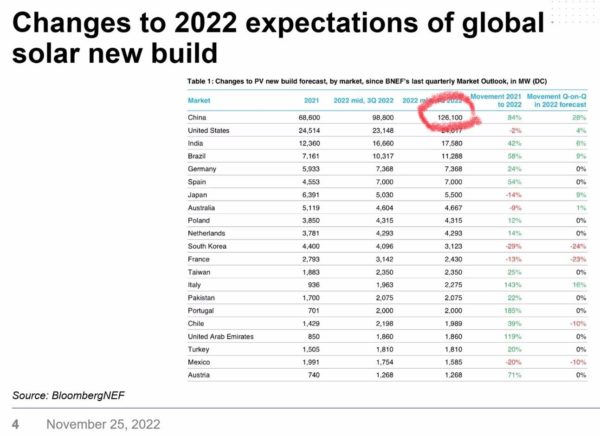
As Chase explained, it was China’s deployment of 126 GW that caught BNEF off guard in 2022. Where are we going to find another China worth of capacity? Remember, only two years ago in 2020, annual global solar installation capacity was 132 GW. Where are we going to find an extra 2020 that we can attach to 2023?
It won’t be for lack of effort.
Early in 2022, there was talk of the large Chinese manufacturing boom – with the Asia Europe Clean Energy (Solar) Advisory (AECEA) seeing potential for greater than 550 GW for solar cells and 500 GW for PV modules by the end of this 2022. And while it seems that we didn’t quite reach those numbers by the end of 2022, there have been some big announcements.
More recently, both BNEF and Clean Energy Associates suggested that global polysilicon manufacturing capacity will break 500 GW before the end of the year. Also, the six largest solar panel manufacturers – LONGi, Trina, Jinko, JA Solar, CSI Solar, and Risen Energy – will cross 320 GW of manufacturing by the end of this year, and are planning new capacity for 2023.
As Chase noted in our interview, the world could manufacture 500 GW of solar modules in 2023, that doesn’t mean we’ll install all of them in 2023, or even maximize the manufacturing facilities. But we might.
One final question for Chase: ‘Is the old saying true – “Prediction is very difficult, especially if it’s about the future?”’
Chase: Indeed. And also, it’s especially difficult when the future is not like the past, because you can be more wrong.
This content is protected by copyright and may not be reused. If you want to cooperate with us and would like to reuse some of our content, please contact: editors@pv-magazine.com.

